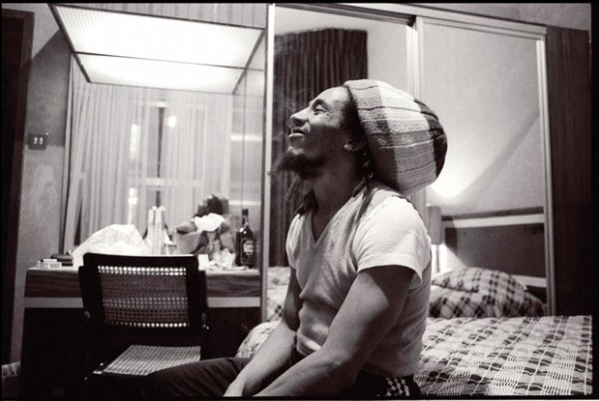Living in a Lorem Ipsum World: Sometimes We Need to Talk Less and Say More
Bust of Marcus Tullius Cicero
'The ability to simplify means to eliminate the unnecessary so that the necessary may speak.'
Hans Hofmann
When I first entered advertising, I was quite taken with the employment in typesetting of ‘lorem ipsum’: dummy text that acted as a placeholder in layouts until the proper copy was written.
'Lorem ipsum dolor sit amet, consectetur adipiscing elit, sed do eiusmod tempor incididunt ut labore et dolore magna aliqua. Ut enim ad minim veniam, quis nostrud exercitation ullamco laboris nisi ut aliquip ex ea commodo consequat….’
In developing press ads we would establish the headline, image and art direction first, and leave the precise copy for a later date.
‘Just ‘lorem ipsum’ it for now.’
‘Lorem ipsum’ has been in use in the printing world since the 1500s. Nowadays you’ll see it in web-build and digital publishing. It is often referred to as Latin gibberish. But in fact the standard text derives, albeit in corrupted form, from a treatise on ethics by the ancient Roman lawyer, politician and writer Marcus Tullius Cicero.
‘Lorem ipsum’ starts mid-way through a sentence:
‘Neque porro quisquam est, qui dolorem ipsum quia dolor sit amet, consectetur, adipisci velit, sed quia non numquam eius modi tempora incidunt ut labore et dolore magnam aliquam quaerat voluptatem.’
These lines have been translated as follows:
‘Nor again is there anyone who loves or pursues or desires to obtain pain of itself, because it is pain, but because occasionally circumstances occur in which toil and pain can procure him some great pleasure.’
This passage suggests that first century BC writers could be as prolix as their twenty-first century equivalents. Cicero should perhaps have limited himself to a simpler sentiment:‘No pain, no gain.’
'Writing is 1 percent inspiration, and 99 percent elimination.’
Louise Brooks
I spent nearly all of my time in advertising at BBH, an agency whose creative output was led by an art director. As a result it had a very particular relationship with words. We liked a precise, provocative headline; an insightful, memorable endline. But we were consistently cautious around long copy. Many’s the time I sat in a script review with co-founder John Hegarty when he would approve the overall idea, but ask for the dialogue to be stripped back, or erased completely.
‘I’m not sure we really need all those words, do we?’
Sometimes nowadays it feels like we live in a ‘lorem ipsum’ world. Everywhere we look - in business meetings and in the media; amongst clients and colleagues, politicians, and journalists - there seems an incredible capacity for producing dummy text. People trot out cliches and platitudes, sound-bites and slogans. They just drone on - without hesitation or deviation, but with a good deal of repetition - until they are interrupted or muted. They’re ‘talking loud and saying nothing.'
'Be sincere, Be brief, Be seated.'
Franklin Delano Roosevelt
The ability to speak continuously with confidence is a talent of sorts. But, over the course of my working life, I found that the colleagues who had the most impact on meetings, and whose careers advanced with the greatest velocity, were those who restricted themselves to fewer and better statements; more concise and memorable observations; more thoughtful and provocative ripostes.
Perhaps we should all learn to talk less and say more.
'Don't tell me
How to do my thing,
When you can't,
Can't do your own.
You're like a dull knife,
Just ain't cutting.
You're just talking loud
And saying nothing.’
James Brown, 'Talkin' Loud and Sayin’ Nothing’ (B Byrd / J Brown)
No. 399







